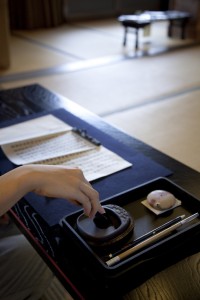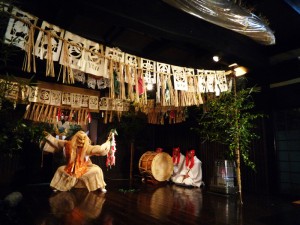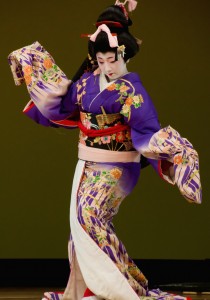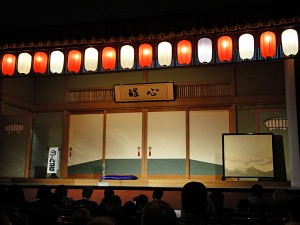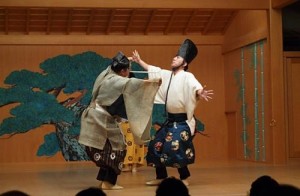書道は毛筆と筆で文字を書く芸術で、精神的な深みや美しさが表されます。もともと中国から伝わったものですが、日本では表意文字の漢字に加え、日本で発明された表音文字の仮名を組み合わせて独特の文字芸術をつくりあげてきました。
Shodo
Shodo is the art of drawing characters with brush and India ink to express spiritual depth and beauty. Shodo originally came from China, but in Japan,Chinese characters(kanji) were combined with the Japanese syllabary(kana), devised in Japan, to create this unique character art.
